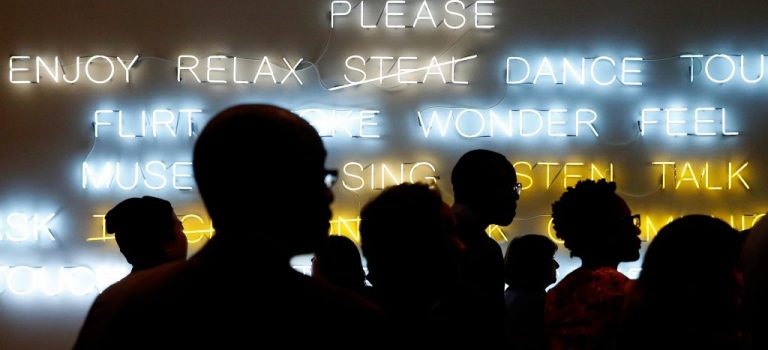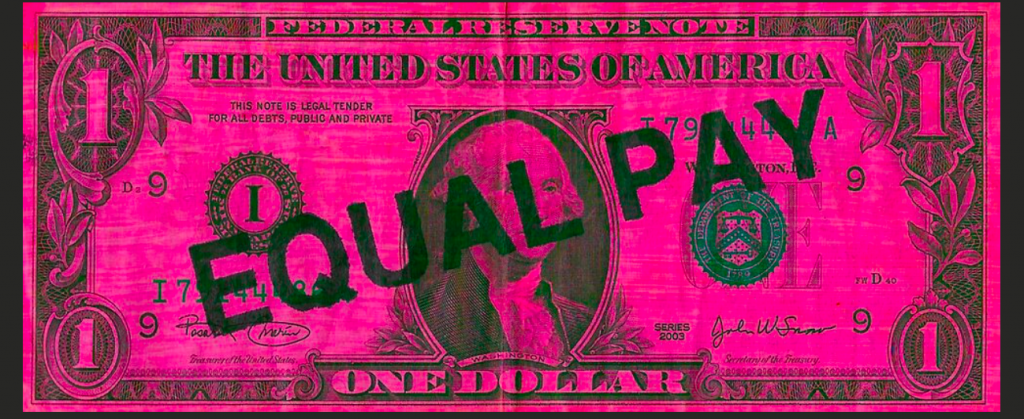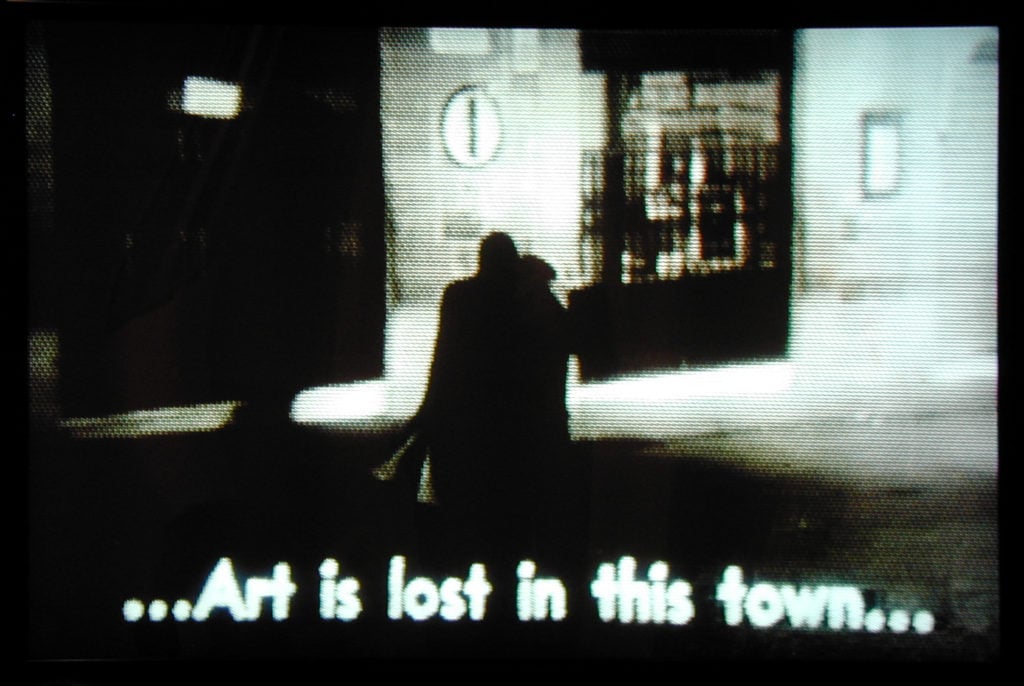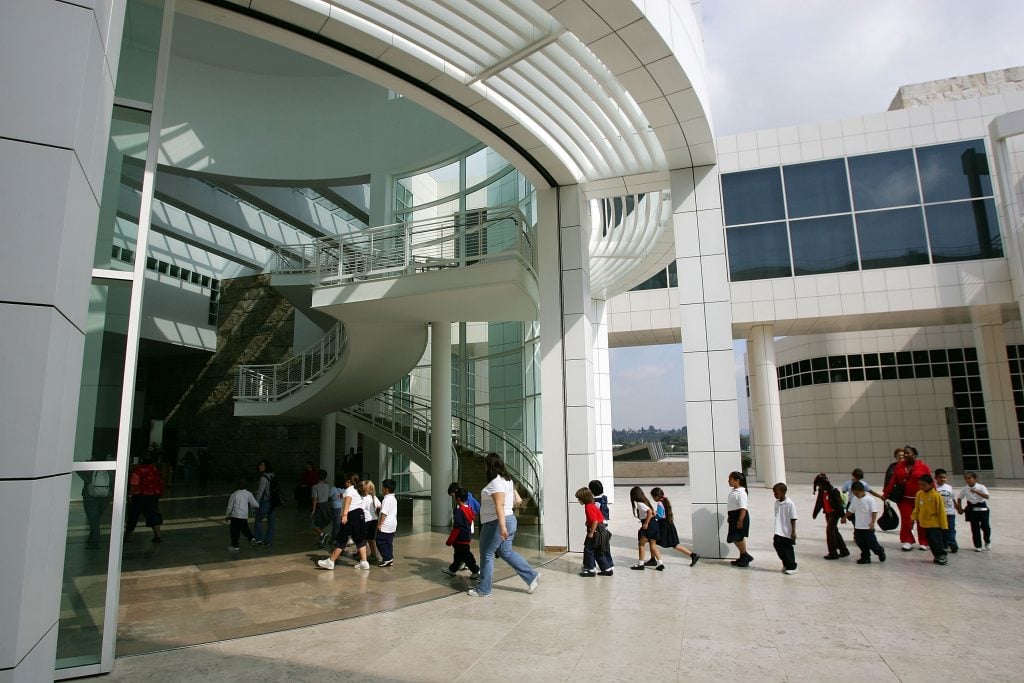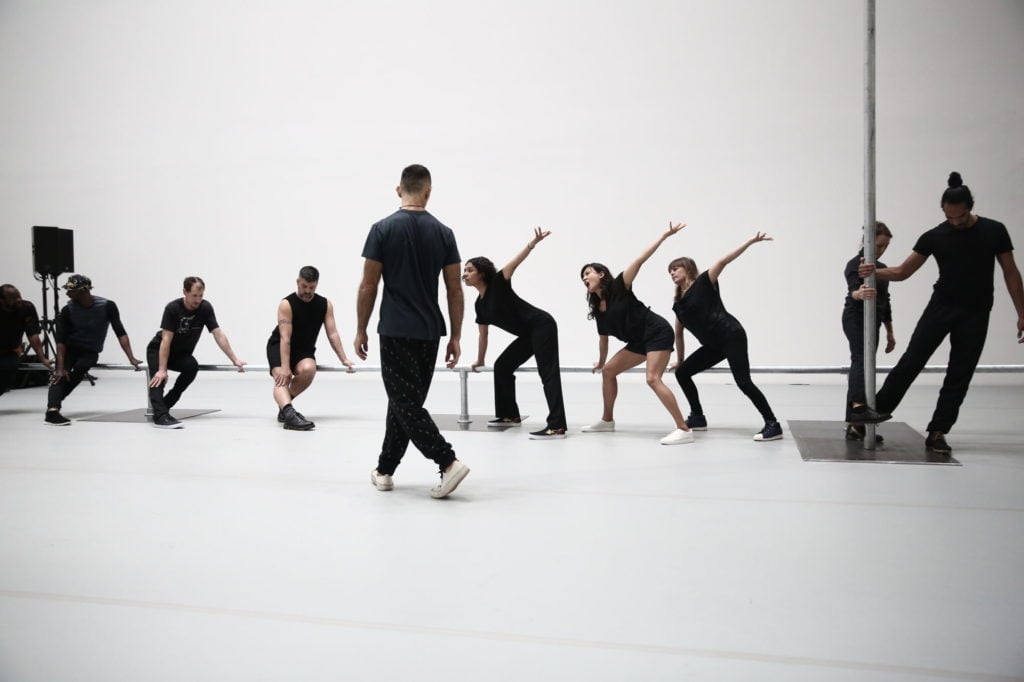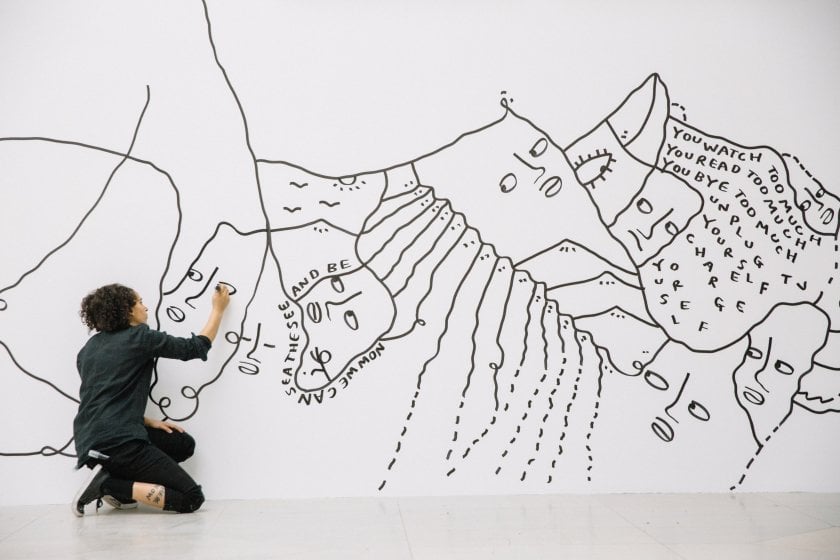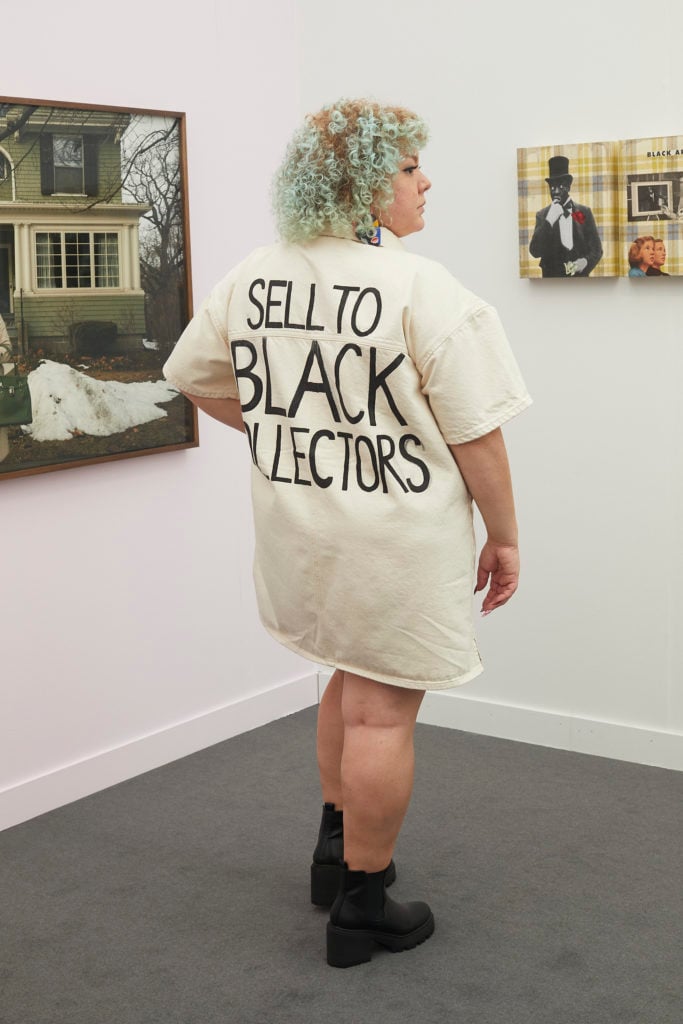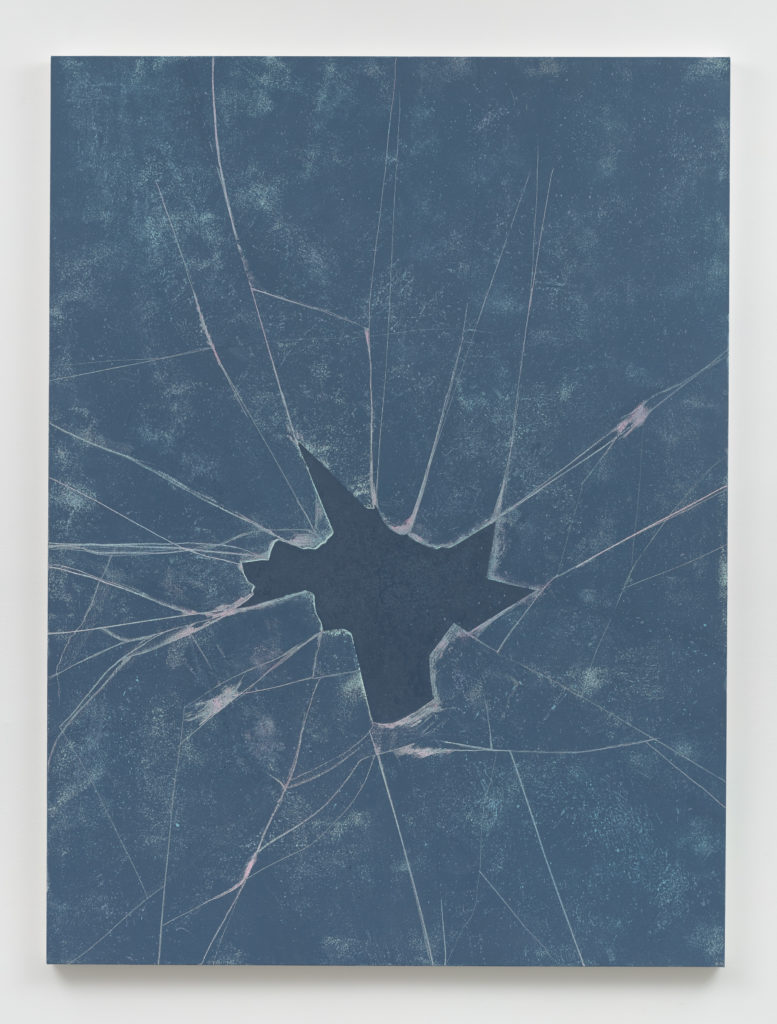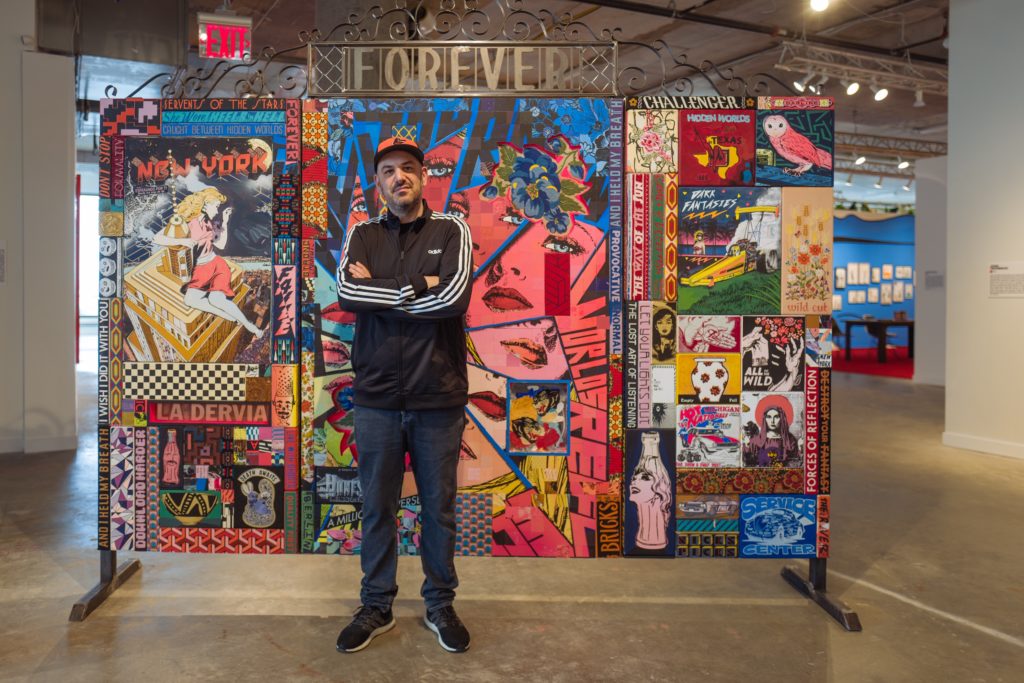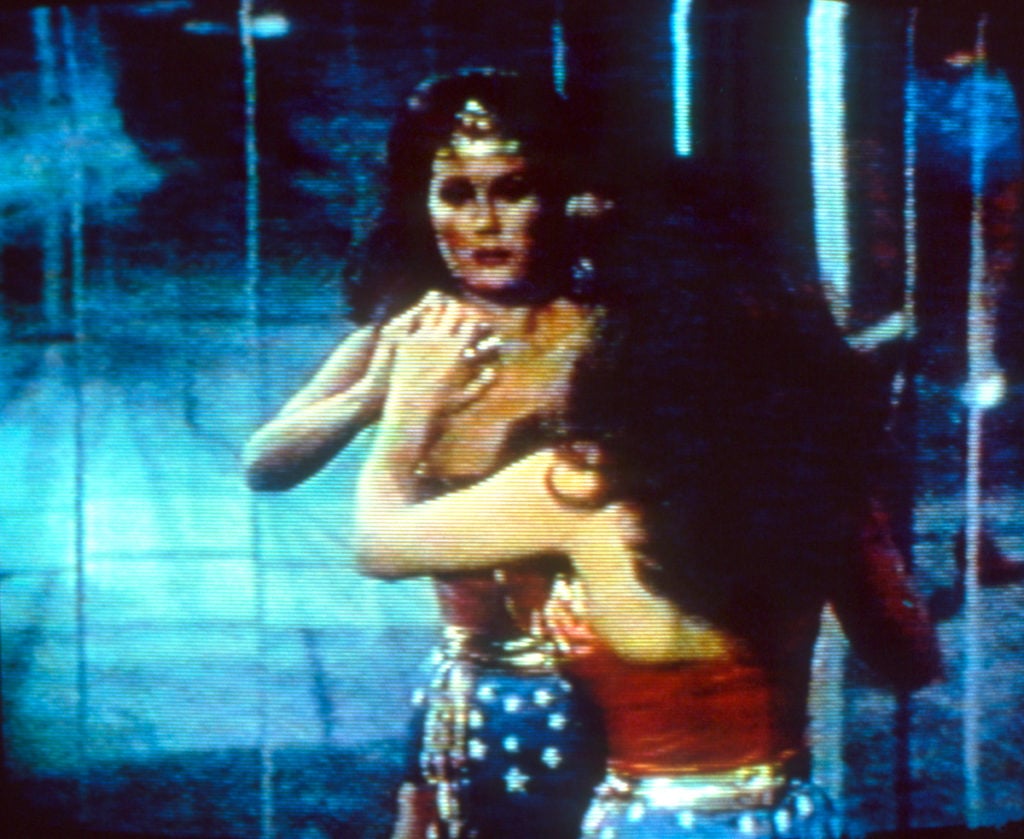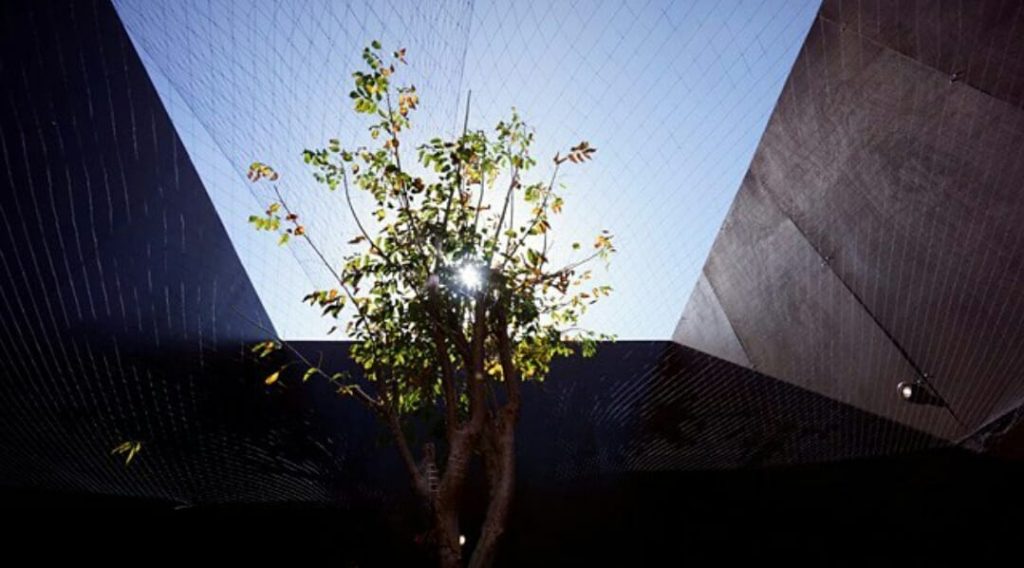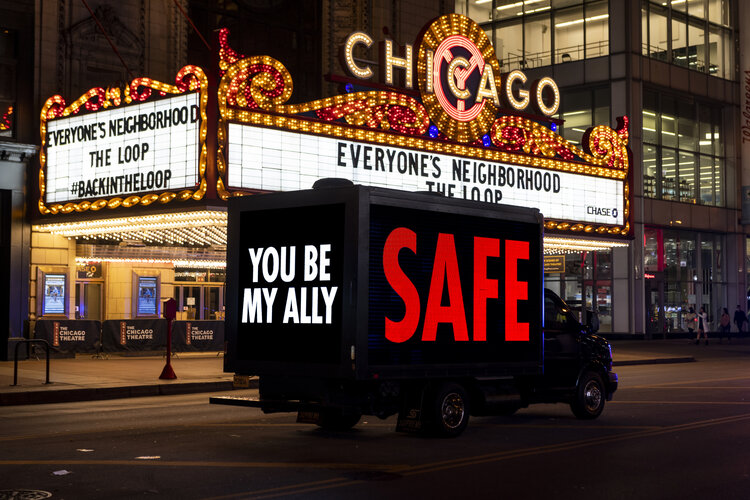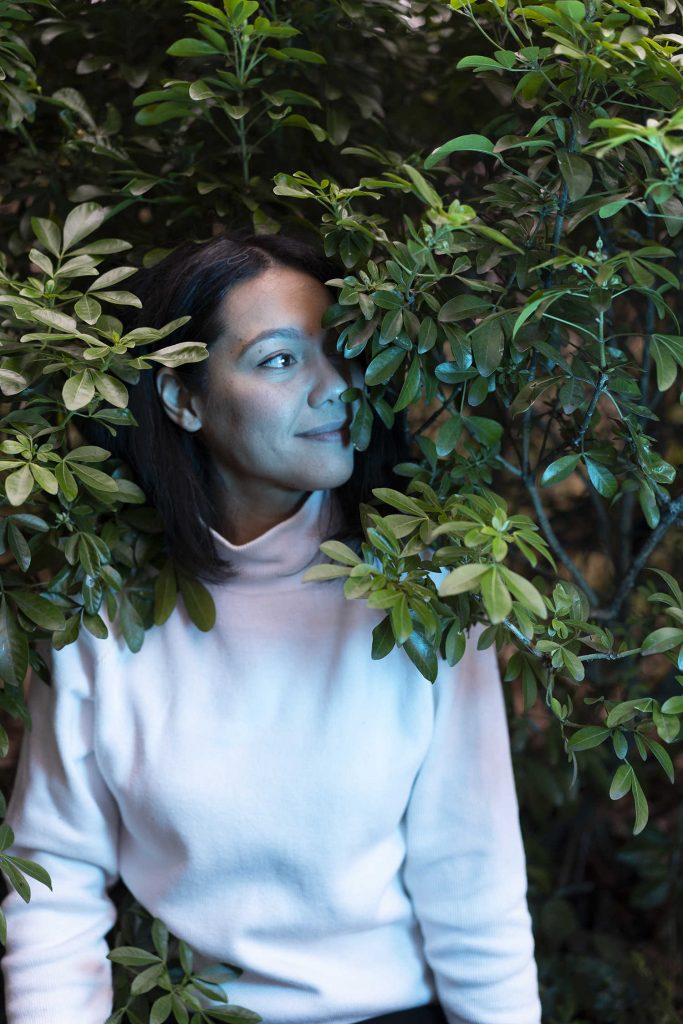Source: Artnet.
Artnet asked dealers, artists, and curators what they’re hoping will change in the coming year, and how it might be achieved.
After the doozy of a year that was 2020, most of us are eagerly looking ahead to better things in the year to come. So, in the spirit of hopefulness, we asked an array of curators, artists, dealers, and leading other industry experts to identify one way that they would like to see the art world change in 2021—and what would need to happen for that to become reality.
If I could change one thing in the art world in 2021, it would be to close the gender and racial pay gap for women-identified artists. I’m currently working on an initiative called the Art of Equal Pay where I am asking all female-identifying artists to raise their prices by 15 percent on March 31, 2021, Equal Pay Day.
Originally, this initiative was to commence on Equal Pay Day last year. However, the world was struck by the pandemic, and the project was put on hold.
—Michele Pred, artist
The emphasis on business is poisonous. Everybody needs to survive, but one hopes there would be some other levels of operating that are not just 100 percent determined by economic success.
I have this idea of running a night school for collectors: re-education classes on curiosity replacing speculation. I could teach that for minimal compensation because, you know, “everybody needs to survive.”
—Magda Sawon, owner and director, Postmasters Gallery
School children enter the Getty Center in Los Angeles, California. Photo by David McNew/Getty Images.
Perhaps museums and galleries could be opened for special school visits. This might be extended to elderly people. There is a strong sense of being isolated and forgotten in the air.
—Sean Scully, artist
Deborah Hay, ten, 1968, perfomance, Judson Dance Theater, MoMA, New York. Courtesy: MoMA, photo by Paula Court.
I hope that 2021 brings more equity to my everyday life and to Black and brown colleagues who actively support one another.
This means acknowledging work that often goes unseen. Ceding positions of power so that Black and brown folks can lead conversations around programming, relationship to audiences, and the future of arts institutions. Redistributing resources toward Black and brown members of our communities within and well beyond the museum’s walls. Practicing humility to allow for new models of value to emerge from folks with different experiences and ideas.
—Thomas Lax, curator of media and performance at the Museum of Modern Art
Shantell Martin creating a site-specific mural for the 2017 exhibition “Shantell Martin: Someday We Can.” Photo by Connie Tsang, courtesy of the Albright-Knox Art Gallery, Buffalo.
It may be naive to believe that any real change could be implemented in the art world in a year, but perhaps a couple of areas that we could start to set in motion could be: More transparency and accountability, having more regulation to dissuade fixed markets, artists not getting paid, etc.
Or perhaps we could encourage artists who hire assistants and craftspeople to make their work to give them credit.
—Shantell Martin, artist
Sell to Black collectors! This was my statement at Frieze LA 2020 and I don’t think the issue has been magically fixed while we’ve been consumed by the pandemic, murderous cops, and a president who upholds white-supremacist ideologies. I’m still advocating for collectors of color to have access to the art they want.
I appreciate all of my collectors. Many are loyal patrons of my practice and I’m beyond grateful for them all. As the art market and its artists become more diverse, so should the collector base.
—Genevieve Gaignard, artist
Trying to slow down the growth of the mega-galleries. I don’t want to sound bitter, because I’m not, they exist and they’re always going to exist. But it’s undeniably true that without small and medium-sized galleries there wouldn’t be an exciting and creative art world. It’s more about awareness, like realizing that, if at a biennale 80 percent of all the artists are represented by three or four mega-galleries, it is not healthy. Or when the mega galleries and the almost megas occupy the more prominent spots in art fairs, that means we do not have a leveled playing field. Same goes with the press. Most galleries do not have a PR firm and you see the results. Mega galleries are corporations, not galleries; 192 Books is not the same as Barnes and Noble.
I come from a mega-gallery. I’m happy they exist because you’re going to see some shows that are extraordinary. As a viewer I’m happy that they exist. I just don’t want them to eat me up bit by bit.
—Stefania Bortolami, founder and director of Bortolami Gallery
The art world has shown what it’s capable of in the past year, iterating in response to COVID-19, proving itself to be resourceful. I’d like to see it continue to innovate in the face of adversity, but also out of respect for the immense creativity bursting from within it.
We’ve needed other platforms and modes of access and transparency—since forever; hopefully, 2021 will build more portals—technological and otherwise—for all of us to see art more deeply. More fully.
—Kennedy Yanko, artist
Never forget to protect artists and their interests. Too much focus gets put on the what they create as commodities and their services, when the most important component is always the artist. I see too many deals that jeopardize artists’ copyright or intellectual property. Never budge, always protect artists’ rights!
—Roger Gastman, curator
These are times of much turmoil. The art world should respond to such times without being dominated by them. As we see calls for necessary changes to our capitalist system, so must the art world change its current position so that commodity is no longer its pinnacle.
Rather, regardless of race or creed, the arts should best place its emphasis upon the artist’s process, and the content of the work itself.
—Dara Birnbaum, artist
Hale Tenger, Under (2018). Commissioned by Alserkal Avenue, Dubai. Courtesy of Green Art Gallery; Protocinema, Istanbul, New York.
There is no going back, only going forward. If I could change one thing about the art community in 2021, it would be a serious consumption reduction of materials, flights, and shipping. We can do this by authentic collaboration and showing local art and instruction art. What I’m talking about is actual responsive behavior modification now.
—Mari Spirito, executive director and curator, Protocinema
Ultimately, COVID has further demonstrated how large existing inequalities are. Diversity and inclusion are vital and always have been. Just because we are in a global pandemic does not mean the essential changes we were fighting for prior go to the wayside.
I hope we will see more meaningful, productive, and collaborative engagement with artists from Africa and its diaspora across the art world.
The art world needs to stop thinking about getting back to and creating “normal.” Instead, it needs to be reactive, adaptable, and flexible. Perhaps, it boils down to normalizing change and welcoming it. I feel this is not just in regard to diversity, but in general a change in attitude and approach is needed. This would put the art world in good stead for rebuilding itself during and post-COVID in order to create the space artists need it to be globally. Being reactive and adaptable has been our biggest strength at 1-54 Art Fair, both before and during this pandemic. Our approach has helped us disrupt the art world, platforming artists from Africa and its diaspora, and allowing us to be the space artists and their galleries need us to be for lasting change.
—Touria El Glaoui, founding director, 1-54 Contemporary African Art Fair
YOU BE MY ALLY, 2020 LED truck Text: Sappho, fragment 1 from If Not, Winter: Fragments of Sappho by Anne Carson, first published by Alfred A. Knopf, © 2002 the author. Reprinted by permission of the author and Aragi Inc. All rights reserved; Borderlands / La Frontera by Gloria Anzaldúa, © 1987 by the author. Used with permission of Aunt Lute Books, © 2020 Jenny Holzer, member Artists Rights Society (ARS), NY. Photo: Christopher Dilts
These are enormously, often existentially, challenging times for art institutions, universities, and their staff, and we need to give it our all to tackle them. But as we head into year two of the pandemic, I hope we also explore and embrace any and all opportunities it might present. Let’s join to reduce air travel in environmentally responsible ways, say by expanding local resources and collection sharing, and continue, post-pandemic, remote programming and even entire conferences. How can cities, art- and non-art institutions partner to invest in art in outdoor public spaces, and how can artists harness new digital media to produce original but more accessible artworks, like Jenny Holzer’s recent first AR app commissioned by our university?
—Christine Mehring, professor of art history at the University of Chicago and adjunct curator at the Smart Museum of Art
We have grown up in a world in which the social, ecological, and political is so polarized from the world of imagination. To dream is as political as advocacy. Change is possible through the support of meaningful and nuanced work from places and voices of difference. Our platforms themselves need to be designed and restructured from the inside out—several “other” world views hold the potential for entirely different structures. I would like to see a reckoning with, a celebration of, and a deep listening to grounds of knowledge that have otherwise experienced epistemicides for so long.
—Sumayya Vally, architect
In 2021 I want to imagine what it would look and feel like if we created space to rest, to grieve, to dream, and to hold each other—for artists, for art workers, and the communities that we serve.
I cannot return to the art world as usual after 2020. Now that so many more people have language around interdependence and practices of care, I hope we can move toward being present in this moment of change.
—Amal Khalaf, curator








